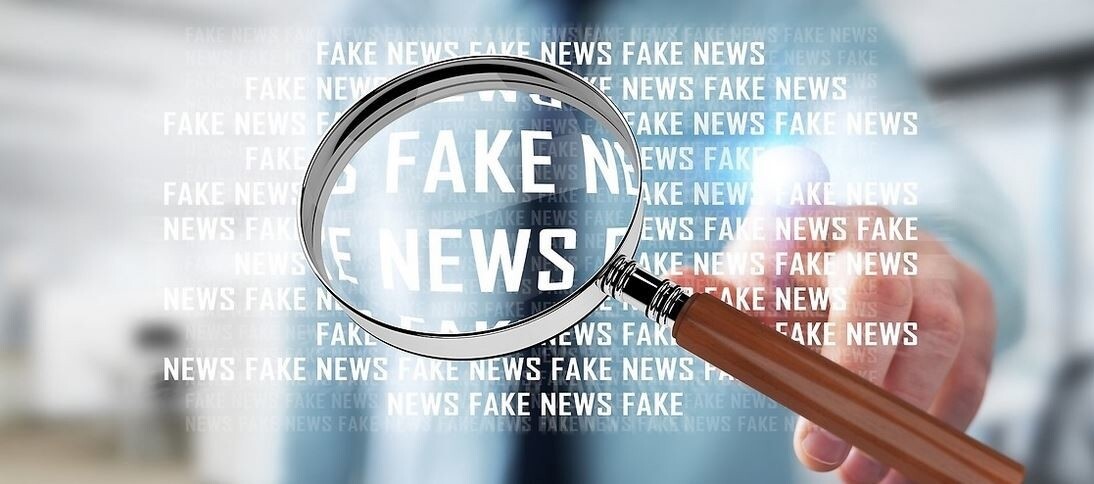
Fake news – meaning false "truth"?
10 march 2020
More and more people are getting information from the social media. Everyone has come across information that raises doubts. Because on what basis people consider that, for example, today the sun will hit the earth or the world will end? In recent days, the number one topic is coronavirus. The fake news about the virus origins, but also conspiracy theories spread much faster than the virus itself.
What is fake news?
The term "fake news" is a neologism and has no formal definition. In a loose translation, we can say that this is a message intended to mislead the recipient. It is not true, nor is it a lie. Fake news is usually based on misinformation or joke, often containing real elements. Fake news can pretend to be real information, articles, social media posts, memes, etc. It can be created for a variety of intentions, from deception, through propaganda tools, to sensationalism or joke.
The internet is currently the most popular source of communication. However, you should be careful about the content published on it. The IAB Polska study "Disinformation on the network. Analysis of the credibility of news channels” shows that social media are the leader in spreading fake news. Internet portals come second.
Some time ago the "blue whale" was the fake news that dominated the media and the internet. We wrote about it, among others in the article on the challenges in the network: http://cik.uke.gov.pl/news/challenge-w-sieci,184.html. The media flooded us with information about the negative, even tragic consequences of the "game" to which children fell victim. Unfortunately, imagination took the lead when distributing this type of content. Hardly anyone bothered to check the information.
Messages that have the main purpose of parodying or ridiculing the described situation or person and interpreting them as fake news may also be misleading. The border is often blurred and a vicious circle is created driven by the readers themselves. By publishing content that is not rooted in reality, we expose ourselves to unfavorable comments from others.
So it's worth verifying suspicious information in several sources or not taking them too seriously.
Misinformation can have a different nature:
• fabricated content - false content created to deceive the recipient;
• manipulated content - real content distorted so as to deceive the recipient;
• false content - if it falsely quotes real sources;
• false context - when truth is presented in a false context;
• satire or parody.
Such classification of fake news based on a content criterion was proposed by C. Wardle¹
Fake news is spread not only by users or the media, but also by technological solutions, e.g. bots.
How do you protect yourself against fake news?
• check the source of information – the website, find the original source;
• don't believe the headlines – read the content carefully,
• verify the author's credibility,
• check the date - it can be information from a few months or years ago,
• get feedback.
Technological development means that information, including fake news, quickly penetrates the society, and it seems impossible to stop disinformation on the web. Let us not be paranoid. Let's use the internet capabilities to verify the content it contains.
¹ Wardle, C. (2017). Fake news. It’s complicated. Downloaded on 27 January 2019 from https://fi rstdraftnews.com/ fake-news-complicated/


